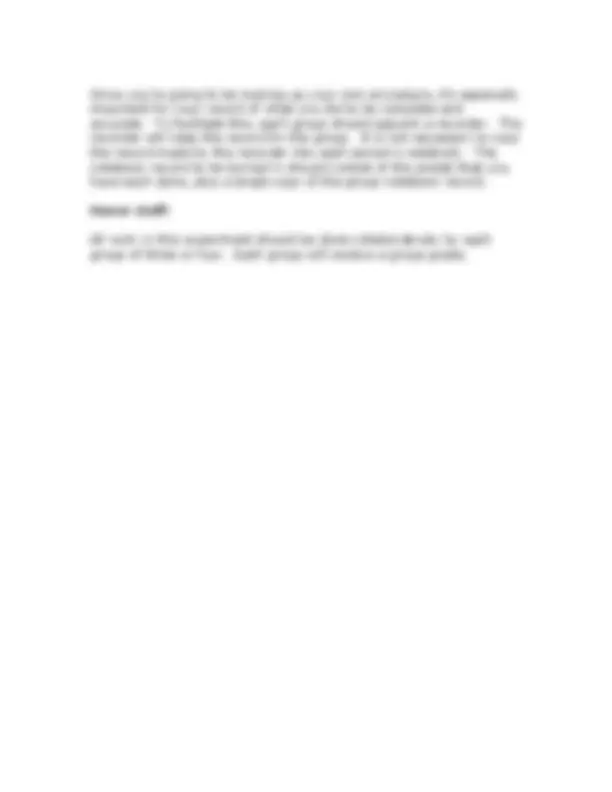



Study with the several resources on Docsity

Earn points by helping other students or get them with a premium plan


Prepare for your exams
Study with the several resources on Docsity

Earn points to download
Earn points by helping other students or get them with a premium plan
Community
Ask the community for help and clear up your study doubts
Discover the best universities in your country according to Docsity users
Free resources
Download our free guides on studying techniques, anxiety management strategies, and thesis advice from Docsity tutors
Material Type: Lab; Professor: Abrash; Class: POLLUTANTS IN THE ENVIRONMENT; Subject: Chemistry; University: University of Richmond; Term: Unknown 1989;
Typology: Lab Reports
1 / 2

This page cannot be seen from the preview
Don't miss anything!


Prelab Lecture
What is the purpose of this lab?
The title suggests that this is about energy conservation, but really this experiment is about one thing and one thing alone: learning how to design an experiment.
You’re going to face a particular challenge in this experiment because you’re to solve your problem without learning the associated theory. Therefore part of what you’ll be doing is putting forth guesses (hypotheses) that will affect your experimental design.
What are the key parts in experimental design?
What tools do we have at our disposal?
A thermometer with maximum temperature 40 C, some Styrofoam cups, graduated cylinders, a constant temperature bath with your hot water, and the other items listed in your manual.
Will we work with our usual partners?
You’ll work as a group in each table.
What kind of report will we have?
You’ll write a one page report detailing your procedure and results. You’ll also do a 10 minute oral report at the end of lab.
Notebook record:
Since you’re going to be making up your own procedure, it’s especially important for your record of what you did to be complete and accurate. To facilitate this, each group should appoint a recorder. The recorder will keep the record for the group. It is not necessary to copy the record made by the recorder into each person’s notebook. The notebook record to be turned in should consist of the prelab that you have each done, plus a single copy of the group notebook record.
Honor stuff:
All work in this experiment should be done collaboratively by each group of three or four. Each group will receive a group grade.